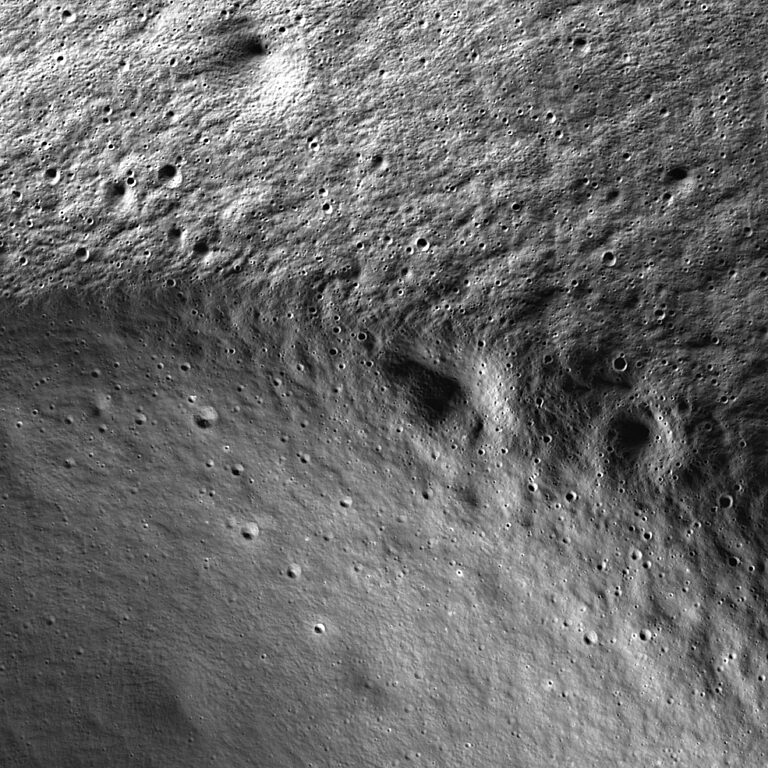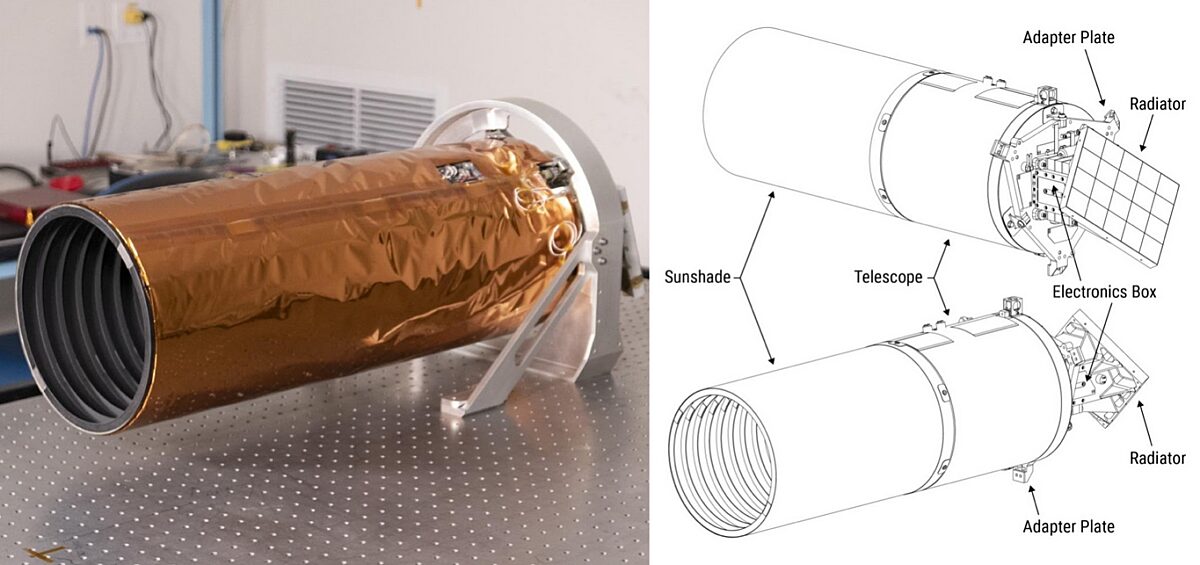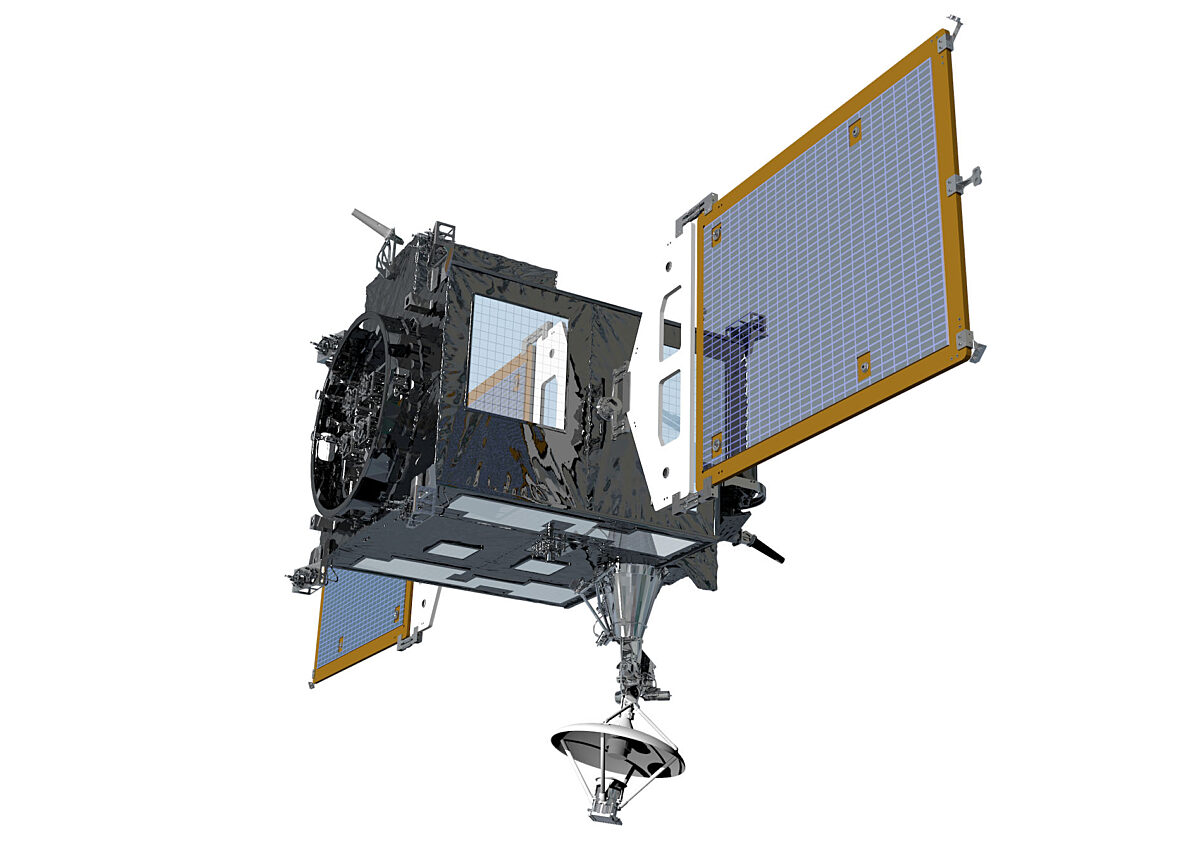Danuri, South Korea’s first Moon mission
Highlights
- South Korea launched Danuri (also known as the Korean Pathfinder Lunar Orbiter or KPLO) to the Moon on Aug. 5, 2022. It entered lunar orbit in December.
- Danuri is studying the Moon’s surface and help us plan future missions to the lunar poles.
- Danuri represents the first step in South Korea’s Moon exploration plans, which aim for a robotic landing mission and more.
What is South Korea’s first Moon mission?
South Korea launched Danuri — also known as the Korean Pathfinder Lunar Orbiter (KPLO) — to the Moon on Aug. 5, 2022. With Danuri, South Korea has forayed into planetary exploration, begun its ambitious lunar exploration program, and found a collaborator in NASA. Equipped with four indigenously built instruments and a NASA-provided camera, Danuri has provided new views of the Moon’s surface and will help us plan future missions there, including human landings.
How does Danuri study the Moon?
Danuri was launched on a ballistic lunar trajectory, which allowed it to reach the Moon in December 2022. After entering a roughly 100-kilometer circular lunar orbit, Danuri began studying the Moon with its five scientific instruments in January 2023.
Danuri sports two indigenously built cameras, one of which images the Moon’s surface at a high resolution of 2.5 meters per pixel. The other is a wide-angle polarimetric camera which can determine the type of surface materials based on the way light reflects and scatters off them. This helps us better understand the Moon’s surface composition and the nature of its varied volcanic deposits.
Danuri also has a gamma-ray spectrometer, which looks at highly energetic gamma rays released from the Moon. The energy levels of these rays are linked to the elements that produce them, allowing scientists to determine the elemental makeup of specific Moon materials. Together with the polarimetric camera, Danuri better helps understand the Moon’s mineral composition, and how its terrain has evolved over four billion years.
The last of Danuri’s indigenous instruments is a magnetometer. While the Moon has lost its global magnetic field, it does have localized magnetic features such as “swirls.” By measuring their weak magnetic fields from orbit, Danuri helps us understand the extent of protection they offer from harmful space radiation, and the nature of the Moon’s leftover magnetic areas as hints of its past.
Danuri’s final instrument, ShadowCam, is an ultrasensitive camera provided by NASA to see inside permanently shadowed areas on the Moon. It is providing critical information about the terrain and water in such regions to help plan future crewed and robotic missions there.

How does ShadowCam see inside permanently shadowed regions?
On the Moon’s poles, the Sun sits very close to the horizon, so even small features like rocks cast very long shadows. Likewise, large craters with terraced edges block sunlight from entering the craters. Scientists call such places “permanently shadowed regions” because they’re eternally dark. They are thought to host water ice and other resources that are central to future lunar exploration plans by space entities worldwide.
While sunlight doesn’t reach and thus directly reflect from the Moon’s permanently shadowed regions, a minute amount of sunlight does scatter into them from nearby terrain. This light reflected back into space is incredibly dim but detectable by current orbiters such as NASA’s Lunar Reconnaissance Orbiter and ISRO’s Chandrayaan 2 orbiter. However, their cameras aren’t sensitive enough to peer into the darkness and help meticulously plan landing and roving missions in and around such regions. That’s where ShadowCam comes in.
ShadowCam’s camera is at least 200 times more sensitive than the one on the Lunar Reconnaissance Orbiter. This allows it to see a shadowed region on the Moon as if it was sunlit. ShadowCam maps the terrain inside permanently shadowed regions with a very high resolution of up to 1.7 meters per pixel and helps locate their water ice deposits and other such volatile resources based on how they reflect light. This will tell us how abundant and accessible these resources are — a crucial step towards safely and affordably planning future missions to the lunar poles and building sustainable habitats.

How are NASA and South Korea collaborating to explore the Moon?
ShadowCam isn’t the only NASA contribution to Danuri. In March 2021, NASA selected nine scientists to join KPLO’s science team to help enhance the mission’s scientific output. NASA and South Korea also tested a kind of interplanetary internet on Danuri. NASA is also providing technical assistance on mission design, deep space communications, and navigation technologies.
On May 24, 2022, South Korea signed the Artemis Accords, which NASA calls “a practical set of principles to guide cooperation among nations participating in NASA’s 21st century lunar exploration plans.” This means scientific data can be easily shared between the two countries, and that there will be several opportunities for both countries to continue cooperating on future missions.
What’s next for South Korea in lunar exploration?
The Danuri mission comprises the first phase of South Korea’s lunar exploration program. In the second phase, they plan to launch another lunar orbiter, a lander, and a rover. In March 2021, South Korean President Moon Jae-in said the robotic lunar lander will launch on an indigenously developed rocket before 2030.
Support missions like Danuri
Whether it's advocating, teaching, inspiring, or learning, you can do something for space, right now. Let's get to work.
Acknowledgements
- Special thanks to Eunhyeuk Kim of KARI and Mark Robinson of Arizona State University for reviewing the initial version of this article.
- This page is authored and maintained by Jatan Mehta.


 Explore Worlds
Explore Worlds Find Life
Find Life Defend Earth
Defend Earth



